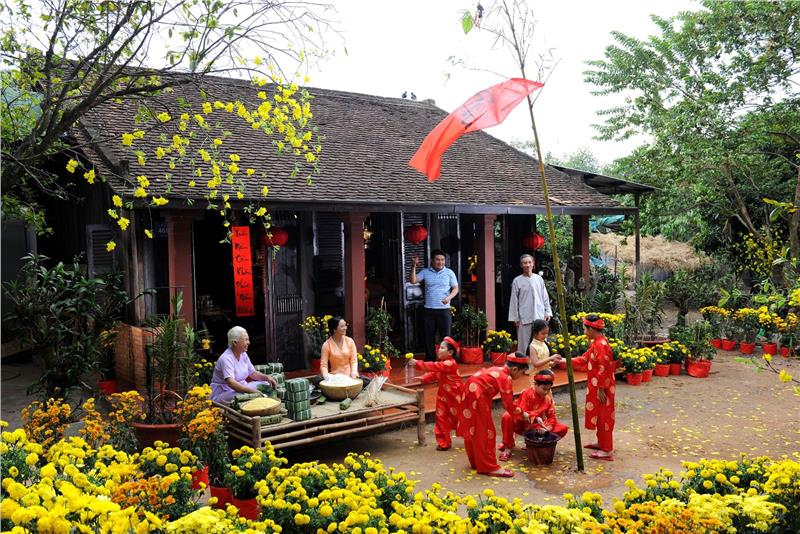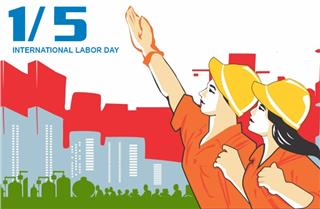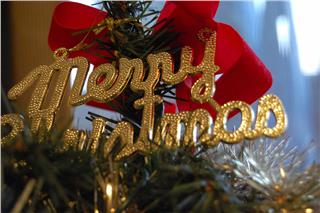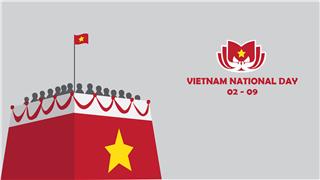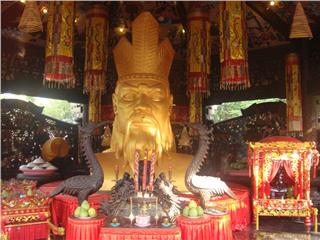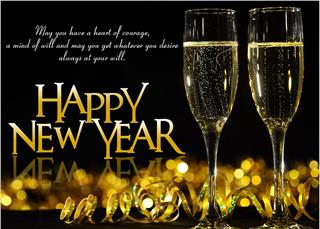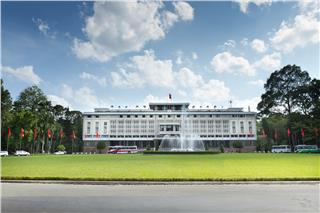Vietnamese Lunar New Year is the most important festival in Vietnam. It is celebrated from the end of the 12th lunar month to the 1st lunar month of the New Year. Tet is also the longest holiday which can last for about seven days.
Vietnamese Lunar New Year which is also known as Tet is the most important celebration of Vietnamese culture. The word “Tet” is a shortened from the phrase of Tet Nguyen Dan. Tet is always celebrated when spring comes. However, the time of holding Tet is different year on year as the Vietnamese variation of the lunar calendar. Vietnam Lunar New Year (Tet in Vietnam) and China’s one are celebrated in the same period. However, the New Year’s Eve in Vietnam and in China will not be the same as the one-hour time difference between Hanoi and Beijing. This triggers the alternate lunar time calculation. Tet in Vietnam lasts from the first day of the first month of the Vietnamese calendar to at least the third day.
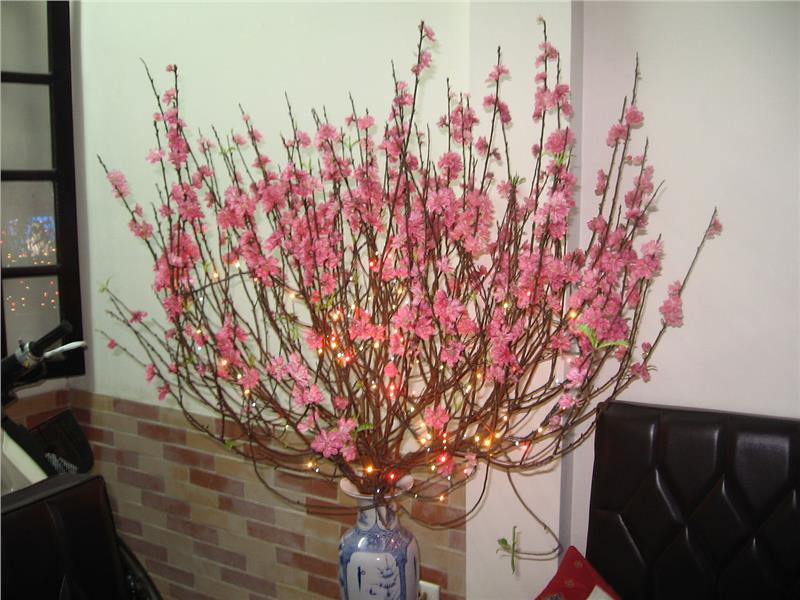
Tet is the occasion for people to come back their family after a long time of studying or working far from home. This is one of the greatest holidays in Vietnam for Vietnamese people to reunite and share together what they have achieved during the year; they will share together a big meal with many tasty foods and decorate Tet trees. Meanwhile, some people return to worship the family ancestors in their homeland to express the respect. It is obvious that Tet is the national holiday of Vietnamese people and one of the most important Vietnamese festivals, but the customs practiced in each region are different. Normally, there are three periods in Tet of Vietnamese, including Tat Nien (ending the year – Penultimate New Year’s Eve), Giao Thua (the moment between the old year and the Vietnamese New Year – New Year’s Eve), and Tan Nien (the New Year). Each period of Tet contains a different preparation.
How to prepare for Tet
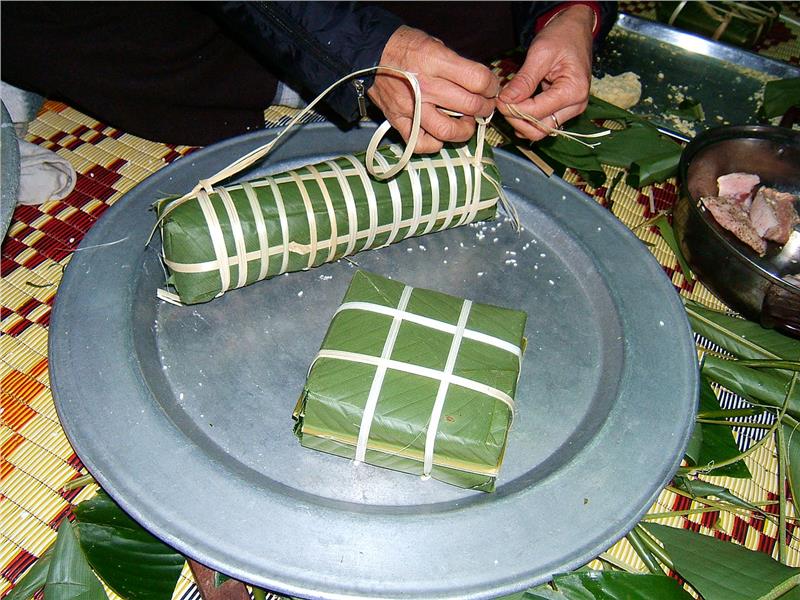
As being one of the most important festivals in Vietnam, the period before New Year’s Eve is wonderful. It often takes place before the eve one or two weeks. People are lured into the hustle and bustle of shopping, as shops will be closed during Tet; cleaning and decorating house, as they want to wash out all unlucky and welcome new things in the New Year; and cooking traditional Tet food. To Vietnamese people, Tet is the occasion for them to cook special holiday meals and clean their houses which will bring luck and happiness. Traditional foods during Tet holiday in Vietnam consist of Banh Chung (Chung Cake), dried young bamboo soup, gio (Vietnamese sausage), and sticky rice, etc.
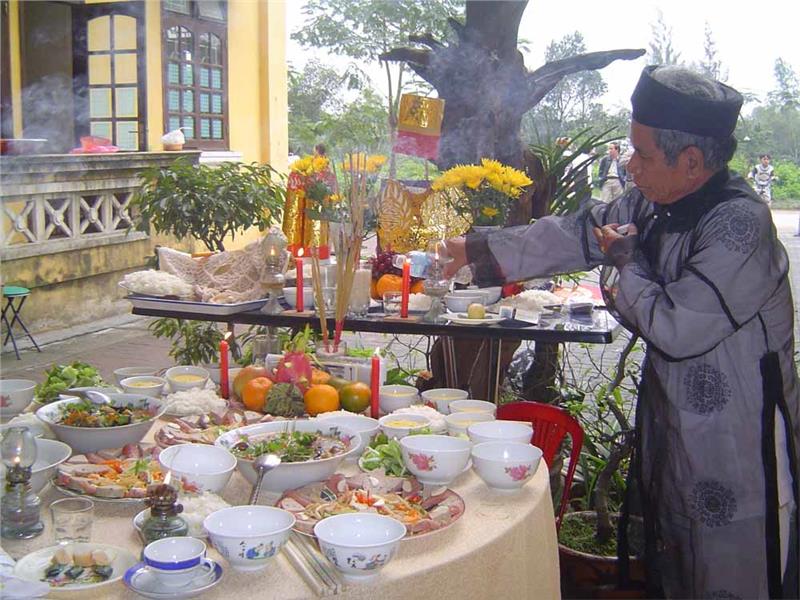
Among Vietnam holidays, traditional Vietnamese Tet contains a series of important preparations. In each Vietnamese families, there is an area called a family altar where they show respect to their ancestors. Before the New Year’s Eve, the altar is carefully cleaned and displayed with new offerings such as a tray of five different fruits also called “Mâm Ngũ Quả” (a tray of five fruits type). Traditionally, on the 23rd day of the twelfth month of the lunar year, each Vietnamese house will have to prepare a modest ritual to worship three Kitchen Gods (Ong Tao) who report to the Jade Emperor about the events in that house over the last year. In the later days, each family prepares special Tet food such as Banh Chung and Banh Giay, normally on the 28th and 29th day of the last month. It is considered the most meaningful moment during the period before the New Year’s Eve. As family members will have a chance to listen to stories about Tet in the past or history of the country. In Vietnamese houses will be decorated with peach blossom trees, kumquat trees or orange trees, all of which are typical Tet trees. Besides that, beautiful flowers such as chrysanthemum or orchid will be decorated, too. Some people plant flowers in beautiful pots then put them in front of the house or inside the house. On the 30th day of the twelfth month, all members in a family will reunite at their house to have the last meal of the old year.
Customs practiced during Tet
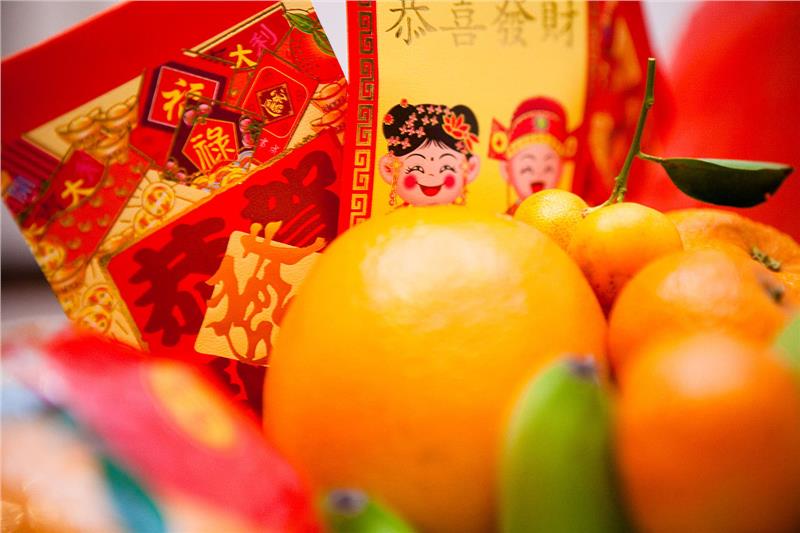
According to the concept of Asian people in general and Vietnamese people in particular, Red is the luck color. Thus, red envelopes are very favored during Tet in Vietnam. Inside these envelops are lucky money – Li Xi. Children will receive lucky money from their parents and adults. At the same time, people also gift each other best wishes such as long life, good health, security, and prosperity, etc. This custom will last until the end of Tet.
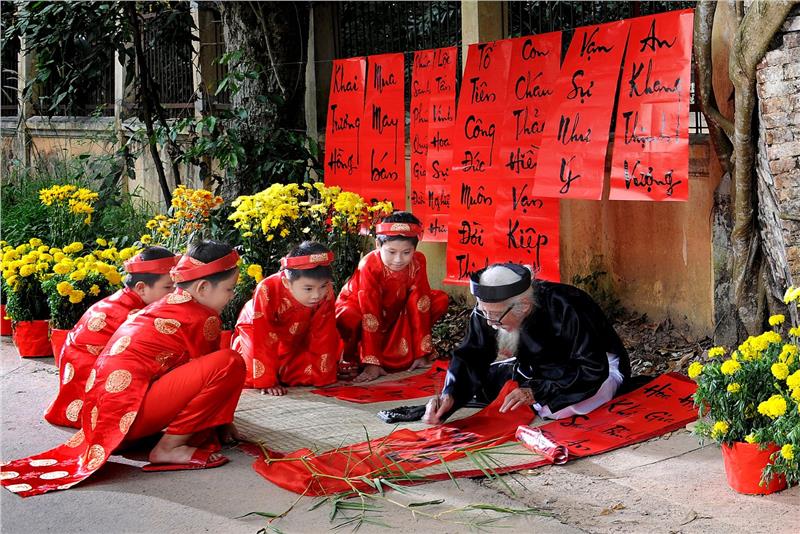
On the first three day of the first month in the New Year, Vietnamese will visit paternal and maternal sides and teachers in the New Year. In the next days, they will visit relatives, friends, and neighbors. On the fourth day, the offerings will be burned for ancestors as tradition of Vietnamese before Tet ends. After the fourth day, shops and other types of business will restart. Coming to Vietnam during Tet holiday will be a meaningful experience, as you will have chances to witness the most important traditional festival in the country. This is the time for Vietnamese to come back their hometown, gather with their family, share their accomplishment in the old year, have wonderful time after a hard working or studying period.
Vietnamese Buddhist temples and pagodas are popular spots during the biggest Vietnamese holiday. Vietnamese people go on a trip to the Temple of Literature which seems to be busier and more overcrowded in these days. People come to these temples and pagodas to give donations and pray for fortunes for the New Year. Parents pray for a lucky new year to come to their children and family. Meanwhile, young couples wish good news about their study or a new member in their small family, a new baby. Tet in Vietnam is the most important holiday in Vietnam and in Vietnamese culture. Vietnamese people celebrate Tet with the belief of reunion, renewal, expectation, and peacefully living together.
